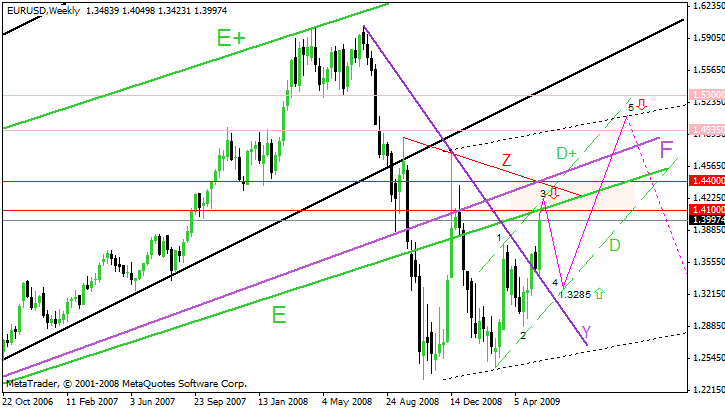How To Use A European Open Forex Strategy_4
Post on: 16 Март, 2015 No Comment

Candlesticks provide an excellent visual perspective on the price movement of a stock. Easy to interpret and use, memorable descriptions, and excellence in highlighting swing points make them an essential tool in swing trading.
These chart patterns are all about PRICE movement, and reflect the balance of power between demand and supply (or buyers and sellers) in the trade of a stock. They often don’t make a lot of sense on their own, but combined with other indicators like the 10ma/30ema combination, make for a visually compelling description of the trading pattern of a given stock.
Anatomy of a Candlestick
A candlestick is made up of a body, and shadows. The body represents the gap between the open and the close of the stock being traded, and the shadows represent the high and low. The body is clear (or white) if the close is higher than the open, and is black or red if the close is lower than the open. Note: these symbols can be used for any time period, so candlesticks can show the open, close, high and low for a month, week, day, or minute of the trading period of a stock.
The length of the shadows represent emotional extremes in the trading of the stock. A very short shadow indicates that the open or close is at the high or low. Long shadows show that buyers or sellers pushed the stock price to an extreme and then retreated.
- A short top shadow on a white candlestick shows that the close of trading was near the high of the day, which is a bullish sign.
- A short top shadow on a black (or red) candlestick shows that the open was near the high of the day, and that trading went downhill from there — this is bearish .
- A short bottom shadow on a white candlestick shows that the open was near the low of the day, and subsequent trading was definitely stronger, which is a bullish sign.
- A short bottom shadow on a black (or red) candlestick shows that the close was at the low of the trading period, which means that buyers could not gather any strength, and this confirms the bearishness of the black body.

Long shadows need to be interpreted in the context of the trend of the stock, so always look at them in relation to preceding bars.
- A long upper shadow in an uptrend shows a failure to close near the high, which indicates the weakening of the uptrend. A long upper shadow in a downtrend suggests that buyers have been trying to push the stock price higher, and that a trend reversal may soon take place.
- A long lower shadow in an uptrend shows that sellers have been trying get out of the stock, and this could signal a reverse in the trend. A long lower shadow in a downtrend shows that the stock is failing to close near the low, which could signal a weakening or end of the downtrend.
The length of the body of a candlestick shows the volatility of trading. If there is almost no discernable body (a Doji) then the open and close were almost the same. Two or three days of such low volatility often precede a major price movement. A long body represents highly volatile trading, with big gaps between the open and close of the stock.
Candlestick Patterns
Several patterns can be used to identify emotional extremes, reversals and continuations. They all have interesting names, and are very revealing. Please remember to always interpret these patterns in the context of preceding candlesticks and in relation to other chart indicators. I have put up a detailed page with some of the most important candlestick patterns that you need to know. It even includes some video of some of the most important patterns.
Return from Candlesticks to the Home Page














